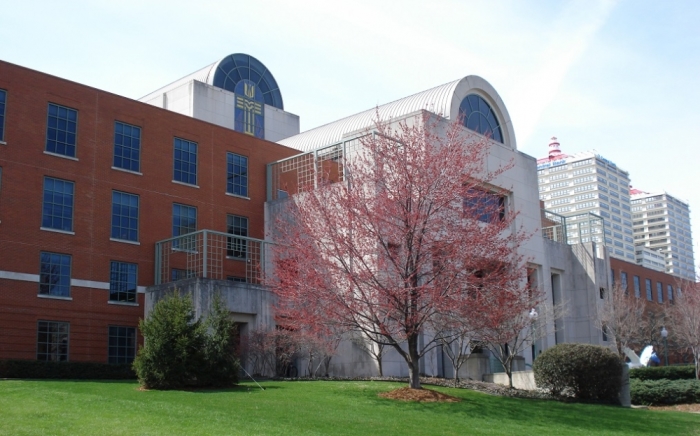By Michael Gryboski, Mainline Church Editor Friday, November 15, 2024

Presbyterian Church (USA) has cut 12 national staff members as part of an effort to reconfigure offices and ministries due to a considerable decline in membership and donations over the years.
Last week, the United States' largest Presbyterian denomination announced that it would restructure and streamline various offices and ministries due to considerable decline, resulting in the elimination of over a dozen positions.
The Rev. Jihyun Oh, executive director and stated clerk of the PC(USA) General Assembly, said in a statement that this was "a lengthy process that seeks to align the mission and ministry of two General Assembly agencies to the needs of today's church, society and our denomination."

Get Our Latest News for FREE
Subscribe to get daily/weekly email with the top stories (plus special offers!) from The Christian Post. Be the first to know.
"We are at most half the size compared to when the current structures were set up. Migration patterns are bringing global neighbors into our communities, so that the global is local and the local is global," Oh stated.
"Working with leaders within both predecessor agencies and the Administrative Services Group, as well as seeking guidance from the Unification Commission, we are moving toward sustainable ministries that better align with our vision and values, as well as mission and ministry priorities."
The reconfiguration plans included dissolving the Presbyterian Mission Agency's Peacemaking Program, integrating the Vital Congregations Program with the PC(USA)'s church planting ministry 1001 New Worshiping Communities, ending publication of the Presbyterian Historical Society Journal of Presbyterian History and pausing the in-person meetings of assorted committees.
These planned changes are meant to achieve a "sustainable, balanced 2025–26 budget" and will include a $5 million reduction over those two years and a reduction in staff.
PC(USA) held an online chapel service on Wednesday, with around 90 staff members present, to celebrate the careers of the 12 unnamed national staff members who will be let go. The cut individuals will maintain their benefits, reported Presbyterian News Service.
"However you come, you are welcome to this service," Oh said during the online service. "I am glad we can be together to give thanks to God for the service of so many and also the ways in which God continues to call us and accompany us as we go through our lives and vocation."
As with many religious groups in the United States, the PC(USA) has experienced considerable decline over the past couple of decades, seeing a sharp drop in membership.
In May of last year, the PC(USA) Office of the General Assembly released an annual statistics report showing the denomination had approximately 1.140 million members in 2022, a steep decline from the approximately 2.5 million members that the PC(USA) had reported having in 2000.
The denomination had dropped below the 2 million mark in 2011.
In February, the A Corporation board, which serves as the PC(USA) General Assembly's corporate entity, seriously considered selling the denomination's headquarters in downtown Louisville, Kentucky.
Known as The Presbyterian Center, the denominational leadership had moved into the building in August 1988, shortly after the 1983 merger of the southern-based Presbyterian Church in the U.S. and the northern-based United Presbyterian Church in the U.S.A. that created the PC(USA).
PCUSA Communications Director Rick Jones told The Christian Post in an earlier interview that the possible sale of the building was part of "a conversation about the long-term future" and added that "no decision has been made about what the future might be" for the Center.
"However, the changing workforce patterns after COVID have prompted church leaders to consider the best stewardship of the center and what the best strategy for the support of current and future ministries might be," he said at the time.









